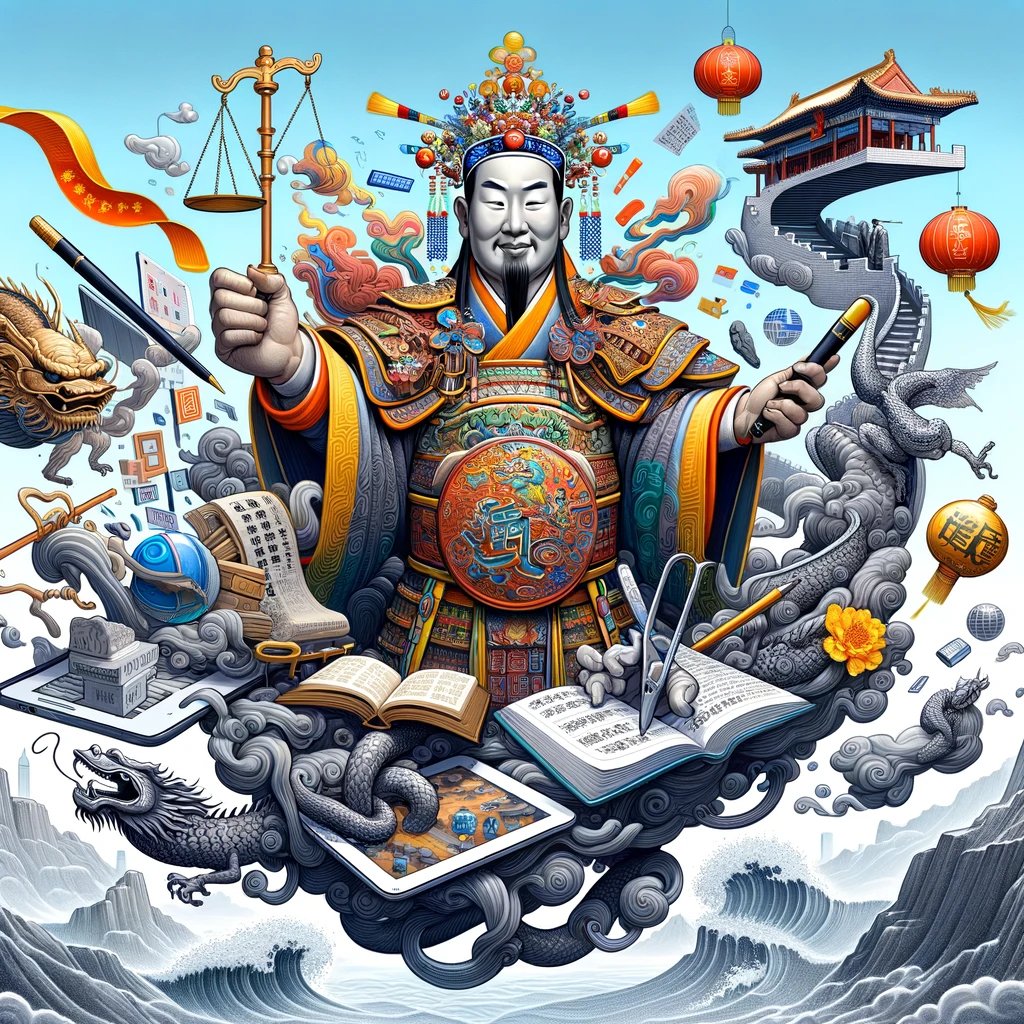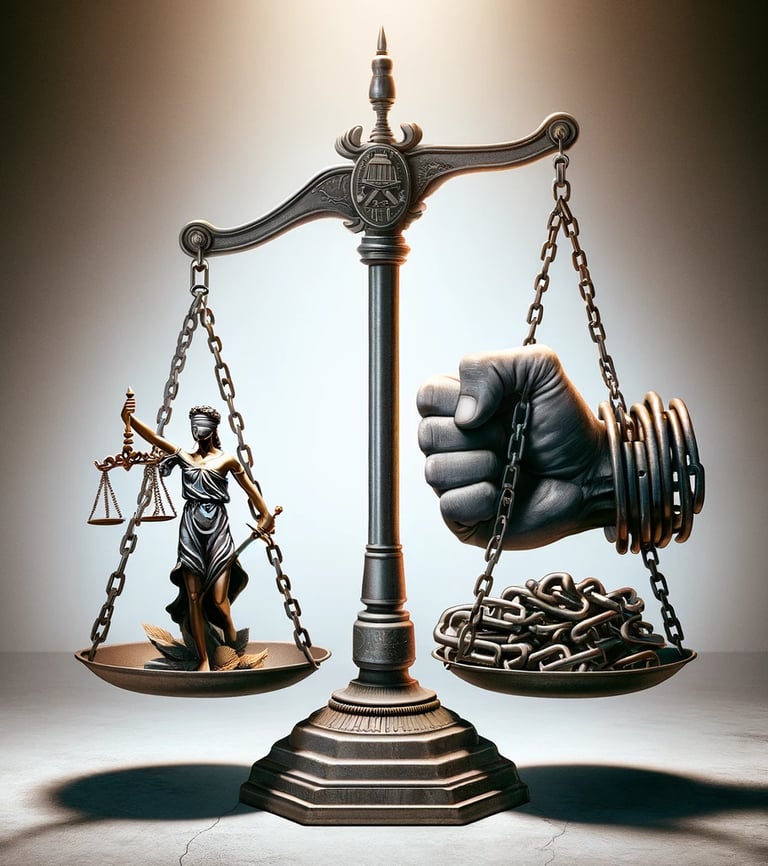How to Understand China's Suspended Death Sentence: 5 Key Points Explaining Its Impact on Rule of Law and Human Rights
Crisis Mitigation Bureau
2/5/20244 min read


In recent years, the practice of
the suspended death sentence in China has garnered significant attention,
both domestically and internationally. This judicial measure, ostensibly designed as a middle ground between immediate execution and life imprisonment, embodies the complexities and contradictions of China's legal reforms in an era marked by calls for greater adherence to the rule of law and human rights standards. While the suspended death sentence is presented as a lenient and reformative approach, a closer examination reveals it as a strategic tool within China's authoritarian framework, serving to maintain control over dissent while projecting an image of judicial mercy and progressiveness.
The suspended death sentence, or "suspended death penalty with a two-year reprieve," is a penalty under Chinese criminal law where the execution of the death sentence is suspended for two years. During this period, if the convict demonstrates good behavior, the sentence may be commuted to life imprisonment or, in exceptional cases, a fixed-term imprisonment. This system is unique to China and reflects the state's attempt to balance the traditional severity of its criminal justice system with emerging demands for human rights protections and procedural justice.
However, the application and implications of the suspended death sentence raise profound concerns regarding its role in China's governance and legal system, particularly in relation to dissenters and political prisoners. Cases such as that of Yang Hengjun, an Australian-Chinese writer and pro-democracy activist, illustrate how the suspended death sentence can be wielded against individuals challenging the status quo, underlining the broader tensions between China's international image and its internal political imperatives.
Critics argue that the suspended death sentence serves multiple purposes for the Chinese Communist Party (CCP). Firstly, it acts as a powerful deterrent against dissent, signaling the severe consequences of opposing the regime while offering a semblance of judicial leniency. This ambiguity plays into the CCP's narrative of benevolence, suggesting a government that is strict but fair, capable of mercy, and committed to reform. Such portrayals are crucial for China's international diplomacy, as they attempt to soften the image of an authoritarian state in the eyes of the global community.
Secondly, the suspended death sentence perpetuates a state of uncertainty and psychological torment for the condemned, a form of punishment that extends beyond the individual to intimidate broader society. The period of reprieve, rather than offering genuine hope for redemption or reform, often results in prolonged suffering and isolation, undermining the notion of the sentence as a humane alternative to immediate execution.
Moreover, the discretionary nature of commutations and the opaque judicial process surrounding the suspended death sentence raise significant concerns regarding fairness and the rule of law. The lack of transparency and the influence of political considerations in the review process exposes the limits of legal reform in China, where the judiciary remains a tool of the party-state, and legal outcomes can be heavily swayed by political imperatives.




This manipulation of the legal system to serve political ends stands in stark contrast to international norms and human rights values, which advocate for the protection of individual rights, transparency, and the independence of the judiciary. The use of the suspended death sentence, particularly in politically sensitive cases, highlights the challenges of promoting genuine legal reform in an authoritarian context, where the imperatives of control and stability often override commitments to justice and human rights.
In conclusion, the suspended death sentence in China serves as a vivid illustration of the CCP's strategy to maintain its grip on power while navigating the pressures of modern governance and international scrutiny. By wielding this judicial measure as both a sword and a shield, the regime demonstrates its adeptness in manipulating legal processes to suppress dissent, manage its image, and sustain its authority, all under the guise of legal reform and humanitarian consideration. This duality underscores the ongoing struggle between the aspirations for a rule of law that respects human rights and the realities of authoritarian control, a tension that continues to define China's legal and political landscape.
(With AI Input)




Who We Are:
Economic Nations champions global unity through economic collaboration, focusing on sustainable growth, reducing inequalities, and enhancing global relationships for mutual prosperity and peace.
Contacts
enquiry@economicnations.org
(xx) 98-11-937-xxx (On verification)
